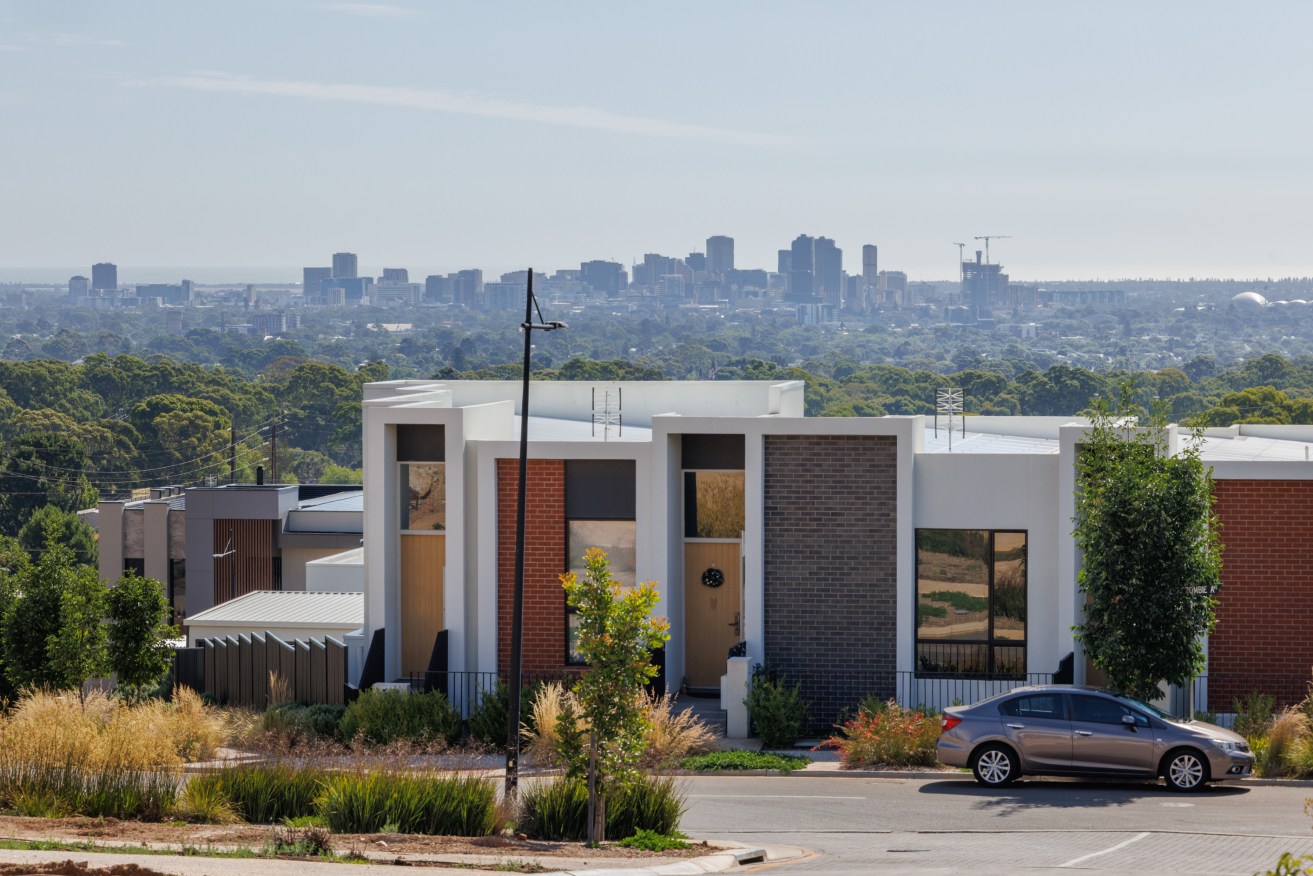Taking a wider view of inflation and rate rises
Rapid rate hikes are pummelling mortgaged households, but Susan Stone argues that the inflation pushing rates up has a wider impact and inflicts more budget pain on lower-income groups and those without a home to call their own.

Photo: Tony Lewis/InDaily
The RBA has recently stated, despite the nine rate hikes already imposed, that inflation is still a concern and that more will come.
This is leading to concern about more South Australians being in mortgage stress. While the numbers reported vary (some say one in six Australian households), what is not debated is the fact that more households are struggling in the face of rising interest rates.
However, what is getting lost in the focus on mortgage holders is the stress of inflation on the average household, and what it means for your entire weekly spending budget – not just your mortgage.
According to (credit bureau) Equifax, as Australians try to make ends meet, they are increasing their debt outside mortgages. This is even more concerning because there are often no assets behind this debt: it’s just people using increasingly expensive credit to meet everyday needs.
If we put the mortgage debt in context, we see that it impacts less than half of all South Australians. While almost 70% of South Australians own their own home, only 39% hold a mortgage on that home. The remaining 61% are equally divided into those who don’t hold a mortgage on their home and those who don’t own a home, but rent.
For the average South Australian household who do hold a mortgage, it’s a smaller share of their income than rent. On average, renters need 17% of their income to cover their rent while mortgage holders, on average, need about 14% of their income to cover their loans.
In addition, homeowners – while facing the same increasing prices for food and petrol and everything else that non-homeowners do – hold an appreciating asset in the face of these across-the-board cost increases. Mortgage rates have increased by about 4 or 5 percentage points over the past year, while the value of the house in Adelaide from trough to peak over the past three years has increased 44%. While that growth has softened recently, it has hardly erased these tremendous gains.
Every year for the past five years, housing values have increased by an average 7.8% in Adelaide and 6.2% in the rest of the State. This more than covers any additional interest being paid for that house. For example, if you hold a $500,000 mortgage over 10 years with a 3% interest rate, you’ll pay $79,365 in interest over the life of the loan. If that rate were to increase to 7%, you’ll pay $196,651 over the life of the loan, a difference of $117,286.
If the rate of growth in the value of the home continues as it has over the past five years (including 2022), that $500,000 home will be worth more than a million dollars when the loan is paid off. That more than covers the additional interest paid on the loan. This remains true even if you increase the term of the loan to 20 years.
Inflation is particularly hard on low-income households who already spend most of their earnings on necessities so have little room to economise when prices increase.
For those people who don’t have an appreciating asset, inflation eats away at their ability to save, putting them further behind ever being in a position to buy a home. For age pensioners whose payments aren’t indexed to inflation, their ability to pay for common items like food and clothing continues to erode. Inflation is particularly hard on low-income households who already spend most of their earnings on necessities so have little room to economise when prices increase. Those in the lowest ABS income category spend almost 17% of their disposable income on food and 12% on rent, compared with 8% on food and 3.5% on rent for the average household.
Without denying the difficulties many homeowners are facing with increasing payments, it is important to appreciate the more general harm done by inflation. And how inflation tends to hit hardest those most vulnerable who have few assets and little opportunity to save. Most economists, this one included, see these rate rises as a necessary step that brings interest rates back to their long run normal.
So while the pain of adjusting to this ‘normal’ is real, in the long run, few will be permanently worse off because of it. In contrast, continued inflation could make it so that others will forever be on the back foot when trying to save to buy a home.
Dr Susan Stone is the University of South Australia’s inaugural Credit Union SA Professorial Chair in Economics




